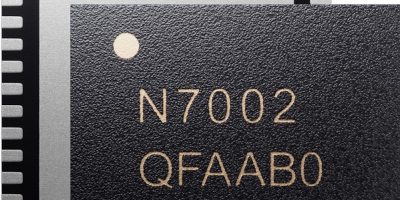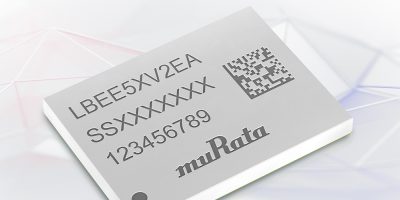Semtech has expanded its PerSe product portfolio with the PerSe Connect SX9376 IC which is purpose built for 5G mobile devices.
Semtech’s PerSe technology senses human proximity and enables end devices such as smartphones to implement radio frequency (RF) control. The PerSe Connect SX9376 enables designers to optimise RF performance, enhance connectivity and support elevated compliance with global specific absorption rate (SAR) standards for 5G-enabled consumer devices.
Semtech’s PerSe intelligent sensors are used in the connected device market. They enable automatic adjustment of system level RF emissions in connected devices such as smartphones, tablets, hotspots and laptops for them to operate at peak performance while maintaining compliance, explained Semtech.
By 2030, the global 5G market is expected to grow at a 47.6 per cent compound annual growth rate (CAGR) with a market valuation of $198.44 billion. To bring these 5G-enabled products to market, OEMs must add more RF antennas into the design to address the frequency increase. The additional antennas can make it challenging for OEMs to address global SAR compliance and accurately manage the device’s RF power, explained Semtech. The SX9376 has a maximum of eight sensor inputs to support multiple antennas and simplify the sensor design without compromising performance and regulation. The chipset is also compatible with various antenna designs, making it easy to integrate into the latest 5G mobile devices, explained Semtech.
Semtech PerSe Connect 9376’s sensing performance is enabled by a high-resolution analogue front end (AFE) down to 0.74aF. It can support antenna designs with up to 600pF capacitance and is robust with advanced temperature correction to minimise false triggers caused by noise and temperature.







